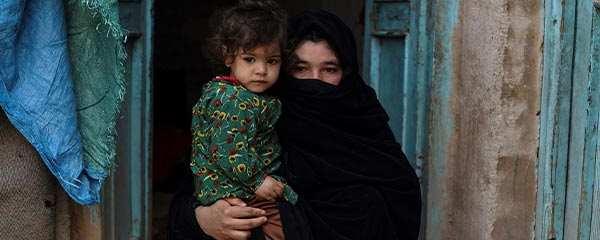WASHINGTON, D.C. -- Despite the daily challenges Afghans face, Â鶹´«Ã½AV finds the percentage who are "thriving" is slowly increasing every year. A relatively low 12% in 2010 evaluated their present and future lives well enough to be considered thriving, but this more than doubles the 5% who were thriving in 2008. The majority of Afghans, however, were "struggling," and more of them were "suffering" than thriving.

Â鶹´«Ã½AV classifies respondents worldwide as "thriving," "suffering," or "struggling" according to how they rate their current and future lives on a ladder scale based on the -- a 0-to-10 scale where 10 represents the best possible life and 0 represents the worst possible life. The percentage of Afghans who were thriving increased consistently among even the poorest Afghans and those living in rural areas of the country.
Afghans' day-to-day emotional health provides additional evidence of optimism in a tough environment. About two in three Afghans in 2010 said they had experienced happiness and enjoyment the day prior to the survey, with each measure improving over time.

Implications
After 10 years of war, early signs indicate that Afghans are slowly seeing their lives improve, and a majority are finding happiness and enjoyment in life. But about one-quarter of the Afghan population remains extremely vulnerable at a critical time. With U.S. troops beginning to leave in a few months, the U.S. and other international partners have assured Afghans that their commitment to them will not end. They may want to help Afghans build on their gains in well-being in the challenging days ahead.
For complete data sets or custom research from the more than 150 countries Â鶹´«Ã½AV continually surveys, please contact SocialandEconomicAnalysis@gallup.com or call 202.715.3030.
Survey Methods
Results are based on face-to-face interviews with 1,000 adults, aged 15 and older, conducted from April 13-22, 2010, in Afghanistan. Results in 2009 are based on the aggregate of two surveys conducted in June and October. The 2008 survey was conducted in December. For results based on the total sample of national adults, one can say with 95% confidence that the maximum margin of sampling error is ±4.1 percentage points. The margin of error reflects the influence of data weighting. In addition to sampling error, question wording and practical difficulties in conducting surveys can introduce error or bias into the findings of public opinion polls.
